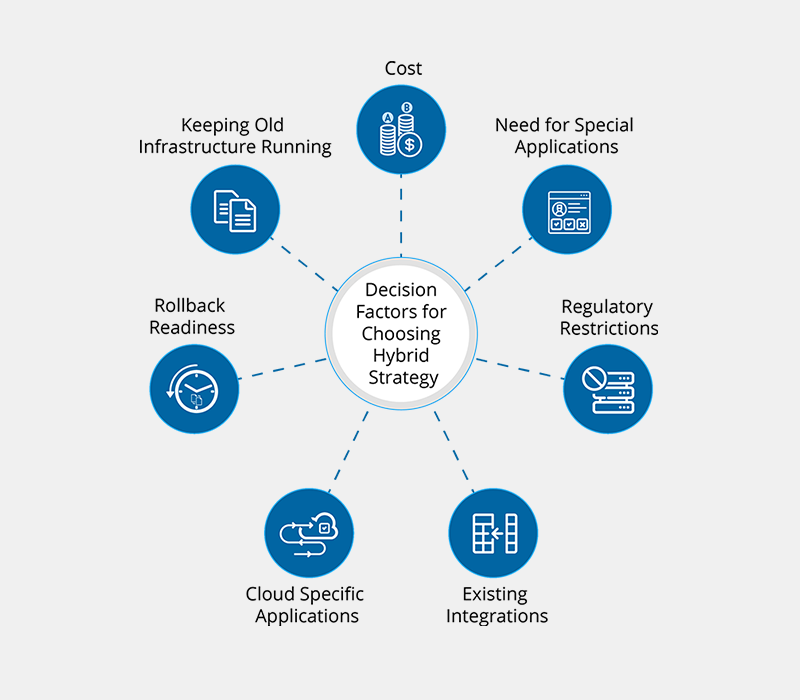Hybrid Cloud for Microsoft Exchange
Hosting Controller provides Hybrid Cloud automation between on-premises Exchange and Microsoft 365.
Control Panel for Microsoft Exchange
On-premises Microsoft Exchange running in your own data center is not a complete ‘Private Cloud’ out of the box. It requires a ‘Control Panel’ software to provide features of a private cloud. Hosting Controller is a complete control panel providing automation for Microsoft Exchange and other related applications. To know more about what a control panel does Read More.
Organization’s may also choose to keep a ‘hybrid deployment’ between on-premises Exchange and Microsoft 365. Hosting Controller supports different configurations between the two.
User-Partitioned Hybrid Configuration
In this configuration, some users within the same ‘Organizational Unit (OU)’ are running on-premises while others are running from the cloud.

App-Partitioned Hybrid Configuration
In this configuration, for the same user, some apps are running on-premises while other apps are running in Microsoft 365 online cloud.
Typical use-case for such a configuration is when an organization wants to retain its email on legacy on-premises Exchange server but wants access to other applications only available online mostly commonly Microsoft Teams or others like Yammer etc.
Synchronized Hybrid Configuration
In this configuration, the on-premises Exchange is fully synchronized with online Microsoft 365 instance including synchronization of email data in near real-time.
Typical use-case for such a configuration is ‘migration readiness’ or ‘disaster recovery’. The organization can choose to switch from on-premises Exchange to Microsoft 365 just by a minor DNS switch without having to copy any large amounts of email and other data.
Such configuration incurs double the cost for the whole duration that double instances are maintained. Costs will go down to normal when one of the two instances is de-commissioned.

Points to Consider
Cost
Different organizations view their costs differently. Costs in the cloud are usually higher than on-premises deployments.
Regulatory Compliance
Some regulatory restrictions require data to physically reside within geographical boundaries of a country. Others may require some data to stay in specially certified and fortified regions. For all such cases, the on-premises installations have already been compliant for the required mailboxes.
Cloud Features
Some features may only be available in the cloud instance. Users who need those features may be moved to the cloud.

On-Premises Integrations and Tools
Microsoft Exchange on-premises installations are usually full of third party tools and integrations. They could with other on-premises applications, hosted applications like CRM, SMS, Spam Filters, Conferencing tools and others.
Data Possession and Analytics
On-Premises Exchange allows organizations to take backups as and when needed and keep their backup data at whatever location they want. They can also run different analytics on that data. Online Exchange offers limited capacity to handle backup data.

